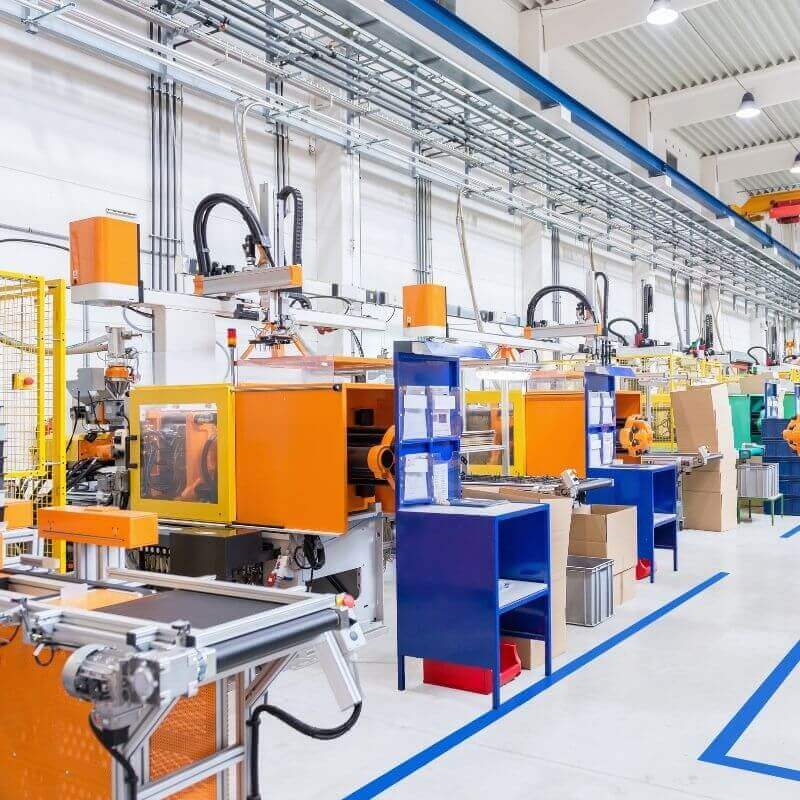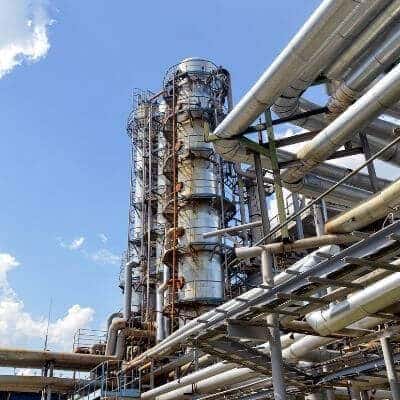Home » Occupational Hygiene » Diesel Particulate Matter Monitoring
DPM Diesel Particulate Matter Monitoring
In June 2012 the International Agency for Research on Cancer (IARC) classified diesel engine exhaust as carcinogenic to humans (Group 1), based on sufficient evidence that exposure is associated with an increased risk for lung cancer.
HSE Australia’s Occupational Hygienists and technicians conduct DPM Monitoring to measure exposure and provide guidance on methods to control exposure.
Contact us to arrange a DPM risk assessment of your workplace.
Our services include:
Diesel Particulate Matter Monitoring of exposure levels both “on the person” and “of the environment”.
If declared safe, our qualified and experienced Occupational / Industrial Hygienist will take samples.
Lab analysis of samples taken during the assessment will be analysed in our NATA accredited laboratory
Request a Quote
Please provide us with some details.

Diesel Particulate Matter (DPM)
High DPM concentrations can occur in confined areas or underground mines and may increase depending on the age of the equipment, the type of diesel engine, and engine maintenance. The only way to determine the level of exposure experienced by workers is to measure and monitor personal exposure.
One component of diesel exhaust is DPM which includes soot particles made primarily of carbon and other solid particles made of ash, metallic abrasion particles, sulfates and silicates. Diesel soot particles have a solid core consisting of elemental carbon. They are usually less than 1 micron in size, and they have other substances attached to the surface, including organic carbon compounds.
Nearly all DPM is respirable in size and therefore can be deposited deep in the lungs. Adverse health effects from exposure range from eye and respiratory irritation to lung cancer if exposure is in high concentrations over a prolonged period of time.
The Australian Institute of Occupational Hygienists (AIOH) has set guidelines for concentration where worker exposure to DPM levels should be controlled—measured as submicron elemental carbon. The value is determined as being a balance of factors such as: primarily minimising eye and respiratory irritation, then minimising any potential for risk of lung cancer to a level that is not detectable in the workforce, and finally on providing a level that is achievable as best practice by industry and government.
Risk Assessment & Analysis in areas with suspected high DPM concentrations.
HSE Australia offers a wide range of Occupational Hygiene and Risk Management Services in the area of Diesel Particulate Matter Monitoring and Hazardous Work Environments. Get in touch for an individual quote.
Request a call back
Solving problems others find difficult...for clients in

Frequently asked Questions
Health Safety Environment Australia
What is DPM Diesel Particulate Matter?
Simply said, DPM is the result of a combustion engine of some sort (Diesel Vehicle or Diesel Generator) that is released through the exhaust. The DPM are elemental carbon particles that are less than 1 micrometer in diameter so they can enter deep into the lungs
Is DPM toxic?
Yes, given a high enough exposure dose DPM has been associated with causing cancer.
Where can DPM be found?
Potentially where diesel vehicle motors continue to idle inside workshops or any other confined area. DPM are also present in the general atmosphere where diesel vehicles travel but at very low concentrations.
One Source Many Solutions
Over the past 15 years we developed the ability to quickly understand and respond to our clients’ needs. We are “solving problems others find difficult…”.
We offer our clients an enviable team of specialists working with associates and other external experts, driving and delivering fit for purpose, tailored single sourced solutions for you.








